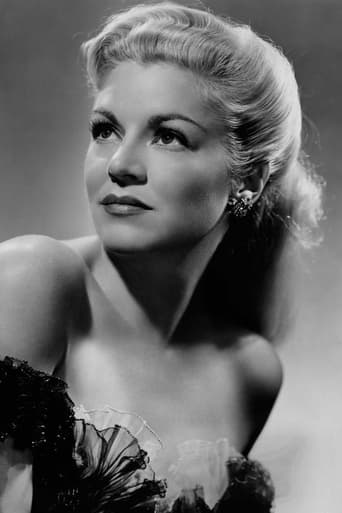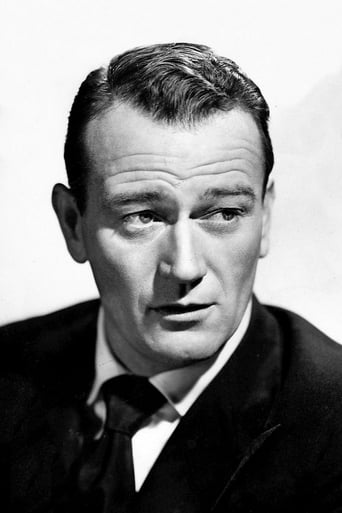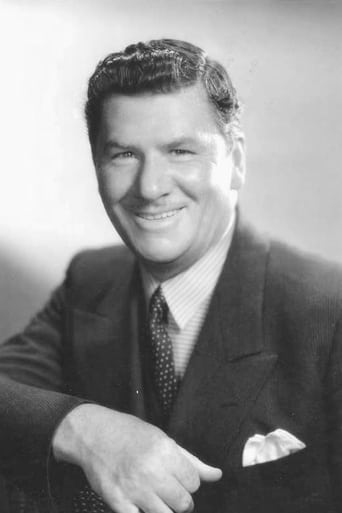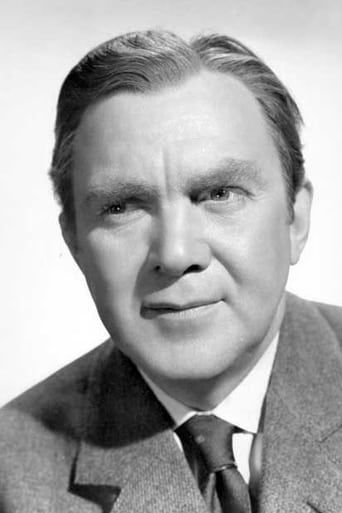JohnHowardReid
Copyright 20 February 1939 by Walter Wanger Productions, Inc. A John Ford Production, presented by Walter Wanger. Released through United Artists. New York opening at the Radio City Music Hall, 2 March 1939 (ran 2 weeks). U.S. release: 3 March 1939. Australian release: 27 July 1939. 10 reels. 96 minutes.SYNOPSIS: New Mexico, 1884. Apaches on the warpath.NOTES: Thomas Mitchell, Best Supporting Actor (defeating Brian Aherne in Juarez; Harry Carey in Mr Smith Goes To Washington; Brian Donlevy in Beau Geste; and Claude Rains in Mr Smith Goes To Washington). Best Adapted Music Score, Richard Hageman, Frank Harling, John Leipold, and Leo Shuken, defeating a line-up of 12 other scores including a Korngold and a Copland. Also nominated for Best Picture (Gone With The Wind); Directing (GWTW); Cinematography (Wuthering Heights); Art Direction (GWTW); Film Editing (GWTW).Best Direction, John Ford — New York Film Critics. Negative cost: $600,000. Combined U.S.-Canadian gross from original and 1944 release: $1,300,000. Re-made in 1966 by Gordon Douglas, with Anne- Margret as Dallas, Alex Cord as Ringo and (interestingly) Bing Crosby as Doc Boone.COMMENT: "Stagecoach" is one of the most popular westerns ever made. The reasons are not hard to find: More action that you can poke 101 rifles at (including the most excitingly-staged Indian attack ever filmed), set against the most awesomely magnificent scenery, a cast of likable and seasoned players, and handsome production values including a jaunty music score which adds further momentum to an already pell-mell pace. Ford's craftsmanship — his eye for arresting detail and dramatic composition, his unerring sense of flow and movement, his ability to draw involving characterizations from his players — was never more evident. One of the most remarkable qualities of Ford's genius is his unerring ability to top himself. On paper, the Lordsburg shoot-out looks like becoming an anti-climax after the dynamic thrills of the stage chase. But Ford is more than equal to the challenge. That shoot-out is equally as edge-of-the- seat suspenseful because of Ford's imagination and skill. He is a master at creating atmosphere and mood, he has a feeling for people and places that lifts the action, characters, setting and dialogue of his scripts to the highest emotional plane of sympathy and involvement."Stagecoach" made John Wayne a major star, but although he was to make many outstanding movies in the rest of his career (some again with Ford), he never equaled the vitality, the unassuming doggedness of the Ringo Kid. This is the John Wayne that most moviegoers remember.AVAILABLE on an excellent Criterion DVD.
weezeralfalfa
Along with "Jesse James", "Dodge City", and "Union Pacific", also released in 1939, this film helped establish the adult genre of western. It was John Ford's first foray into the talky western. It's also notable as John Wayne's first big budget film role since the financial disaster of "The Big Trail", nearly a decade before, in his first starring film role. At a time when a color shoot was a rare privilege, this was filmed in B&W, as Ford preferred. Thus, the rich colors of the impressive Monument Valley erosion remnants are lost, only to be realized in Ford's much later westerns "She Wore a Yellow Ribbon", and "The Searchers".This story, based upon the 1937 short story "The Stage to Lordsburg", has been filmed 3 times, also in 1966 and '86. I saw the present version back to back with the '66 version. Hence, I will be making some comparisons. Although the '66 version lacked Wayne or another charismatic actor to play the Ringo Kid, it has the significant plus that it was filmed in color, although not in Monument Valley or elsewhere on the Colorado Plateau. It was filmed in the lush Colorado mountains, quite different from Monument Valley. Also, while the present film fingered Geronimo as the instigator of the Apache rampage, in the '66 version, it was said to be the Sioux Crazy Horse who had gone on the warpath, and the road the stage traveled led to Cheyenne, WY, rather than to Lordsburg NM, as in the present film. Both films have the same main characters with the same names, who ride together in or on the stagecoach. Besides the Ringo Kid, these include: Dallas, as a saloon floozy, Mrs. Mallory, going to meet her husband in the cavalry, and having a baby in the middle of this trip. The talkative stage driver and his shotgun, who was also a marshal, looking for Ringo. Mr. Peacock, the nervous whiskey drummer, and the alcoholic Doc. Boone. Also, the card shark Hatfield, and Henry Gatewood, a banker embezzler. An additional important character, although with limited screen time, is Luke Plummer, whom Ringo is hoping to kill in a showdown, in revenge for his killing of Ringo's father and brother, while Ringo was in prison. In some cases, I prefer the actor in the original, in other cases, I prefer the actor in the '66 film, and in other cases, I don't have a preference. I will say that I prefer Andy Devine as the driver as a plus in injecting some needed humor into this version. However, I can see that he may irritate some viewers, in which case, Slim Pickens, the driver in the '66 version, is also charismatic... Claire Trevor plays the important role of Dallas in this version, whereas fiery-haired Ann-Margaret is her counterpart in the '66 version. Ann-Margaret presents a more cheerful character than the depressed Claire, which helps make the '66 version more fun.On his way to Lordsburg, where he hopes to find Jake Plummer, Ringo's horse goes lame. Thus, he hails the stagecoach, which is already full. Ringo sits on the floor in the middle. Don't know how he avoids sitting and standing on people's feet! Gradually, he promotes romantic talk with Dallas, both having no family. But, Dallas is put off by Ringo's ambition to kill the Plummer brothers, fearing they will probably kill him instead, and if he doesn't kill all, the remainder will come looking for Ringo. Curley, the shotgun and marshal, aims to get Ringo back behind bars before he gets a chance to duel the Plummers. But, after Ringo succeeds in extracting his revenge on the Plummers, Curley changes his mind, as does Dallas. Is this warranted?Barton Bancroft, John Carridine, and Thomas Mitchell all make rather sinister-looking characters. In contrast, Donald Meek lives up to his name as the mousey nervous whiskey salesman. Incidentally, he gained his signature bald dome from a bout of yellow fever while in the Spanish American War, believe it or not! The counterparts of Bancroft, Carridine, and Mitchell in the '66 version are not sinister looking.The'66 film is longer, and includes an opening massacre of a camping cavalry detachment by Indians, not seen in the present film. Later, in both films , the isolated stagecoach is attacked by Indians, who are easily shot off their horses, like in a turkey shoot. This is an extremely common criticism of westerns. The director knows that most of the viewers want to see the adversaries fall down dead, especially from galloping horses. In the present film, they still need a serendipitous arrival of a cavalry unit to finish off the Indians. In the '66 version, the shooters are so good that they finish the job without cavalry help....In this version, the Plummers are shot down in a street standoff, which we don't see, surprisingly. In contrast, in the '66 version, there's a shootout in a saloon, which catches fire from a chandelier Ringo shoots down. This smokes the Plummers out of their hiding places for Ringo to finish off. In that case, we see them fall.In summary, neither of these films are among my favorite westerns. I prefer the '66 version ,despite no John Wayne. Another film that may interest you is "Dakota Incident", in which a similar odd collection of passengers, including a dominant woman(Linda Darnell) travels through hostile Indian territory. This one is in color and Linda makes it worthwhile
Hitchcoc
John Ford created a Western that has every element you can have. It has a bank robber, a pregnant lady, a man falsely accused, some bad guys that accused him, a prostitute with a heart of gold, gunfire, Indians, the cavalry coming in at the last minute, John Wayne who, of course, never did anything wrong. These people are all travelling on a stagecoach so it becomes ensemble acting as they try to keep alive and get where they're going. Ford was a master director with a great eye for the camera. In addition to some really good plot elements and characterization, we see camera angles, close-ups, a wide shots that give the uninitiated an excellent interpretation of the Old West. This is worth seeing if only because it is a benchmark film, not merely a Western.










